What is Embodied Carbon? Origin, Types & FAQs
-
Visnja Radosavljevic
- Last updated:
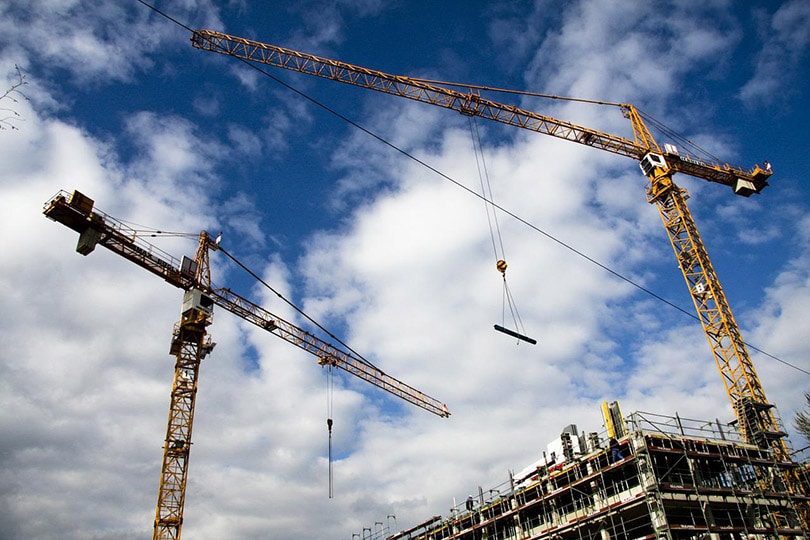
Embodied carbon is a term we use to describe the greenhouse emissions caused primarily by the manufacturing, installation, maintenance, and transportation of building materials. It can come from many other sources connected to the building process, such as installation, transportation, or maintenance of building materials. We can look at embodied carbon as the carbon footprint one building’s infrastructure produces before the building becomes functional.
Embodied carbon causes a significant amount of global carbon dioxide emissions, leading to climate disruption, which is an ongoing issue that needs a prompt resolution. While the industry that produces building materials is becoming more aware of making energy-efficient buildings, there is still a massive inconsistency in the effort to reduce embodied emissions.

Where Does Embodied Carbon Come From?
Most carbon emissions that arise from structures come from the early stages of the building’s construction. Unlike other carbon emissions, embodied carbon cannot reverse its effects or improve efficiency after the construction finishes.
Almost 23% of all global emissions come from the three materials used to construct buildings: concrete, steel, and aluminum. To reduce embodied emissions, companies would have to start with new building principles, such as using recycled materials or renovating existing ones. Engineers and manufacturers would have to work together on finding a way to lower the need for these three materials. One way to reduce the emission of constructing a building that uses these materials would be to use them only when necessary or in limited amounts.
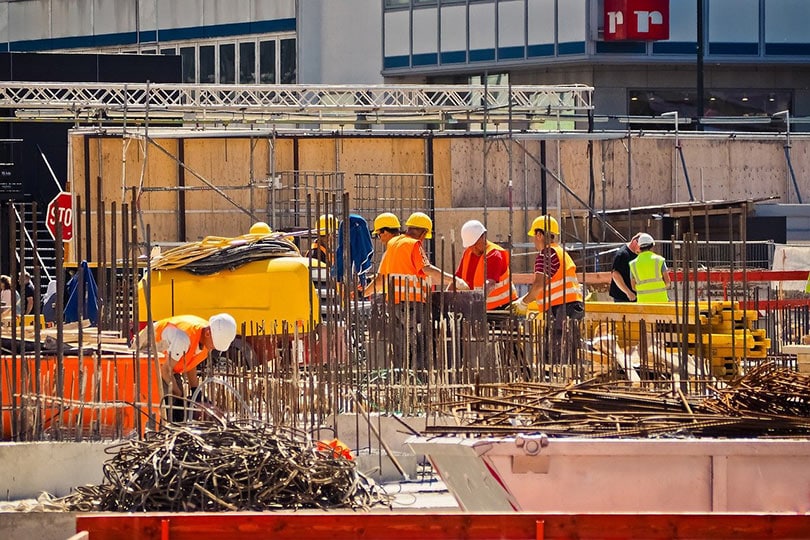
What Are the Different Types of Carbon in Buildings?
There are two significant types of carbon coming from building processes, embodied carbon and operational carbon.
Operational Carbon
When we talk about operational carbon, the main focus refers to all energy sources we use to keep our homes powered, lighted, heated, cooled, or ventilated.
- Natural gas
- Electricity
- Propane
- Fuel oil
- Wood
So operational carbon represents the greenhouse emissions emitted during the in-use or operational phase of building. For now, operational carbon counts for 28% of the current global GHG. There are predictions that operational carbon will reach 51% of carbon emissions between 2020 and 2050.

Embodied Carbon
When we talk about embodied carbon, the main focus is on greenhouse gas emissions that arise from everything done to the building before it’s complete (manufacturing, transporting, installing, and maintaining materials).
- Concrete
- Aluminum
- Steel
For now, embodied carbon counts for 11% of the current global GHG. There are predictions that embodied carbon will reach 49% of carbon emissions between 2020 and 2050.
How Is Embodied Carbon Released?
Embodied carbon is released during the extraction of raw materials, manufacturing, transportation, and even disposal of old materials. That’s why it’s a focus in construction, as manufacturers and builders need to find a better way to reduce the greenhouse emissions that building materials release.
One of the most significant issues is the demand for construction materials, and the need to produce new or replace old homes is high, which leads to higher embodied carbon emissions.
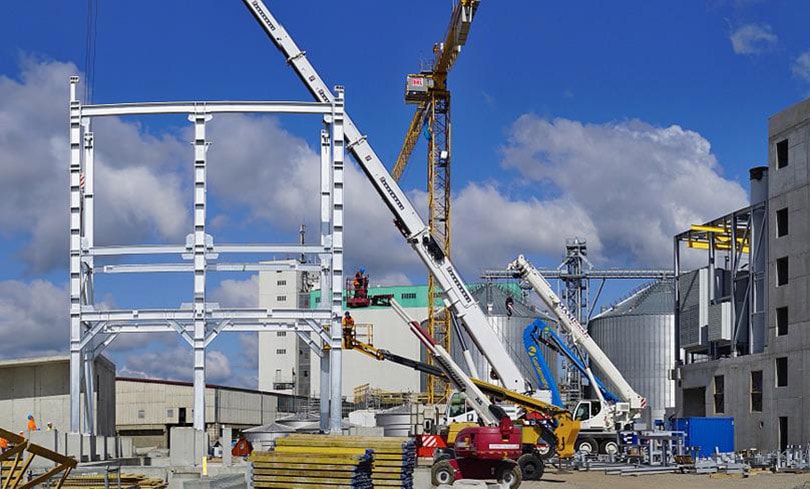
Advantages of Tracking Embodied Carbon
Although there are no direct benefits of embodied carbon, there are advantages to tracking embodied carbon emissions. Tracking the greenhouse gasses from embodied carbon will help create new designs and add innovations to lower emissions.
Also, the architectural, engineering, and construction industries will have more resources to keep track of the embodied carbon that emits during the building process.
The Problem With Embodied Carbon
The main disadvantage and the issue that embodied carbon is causing is that the carbon dioxide levels in the atmosphere are rising. Because of that, greenhouse gasses are released much more than they should, causing the Earth’s average temperature to rise.
Also, the greenhouse emissions dissolve into the ocean, but due to increased embodied carbon, water pH levels are dropping, which interferes with marine life in the water. All of these emissions slowly lead to global warming, and in case we don’t reduce the embodied carbon amounts that go into the atmosphere, we could face a serious issue in the coming years. That’s why reducing embodied carbon is a key to preventing or at least lowering global warming in the world.
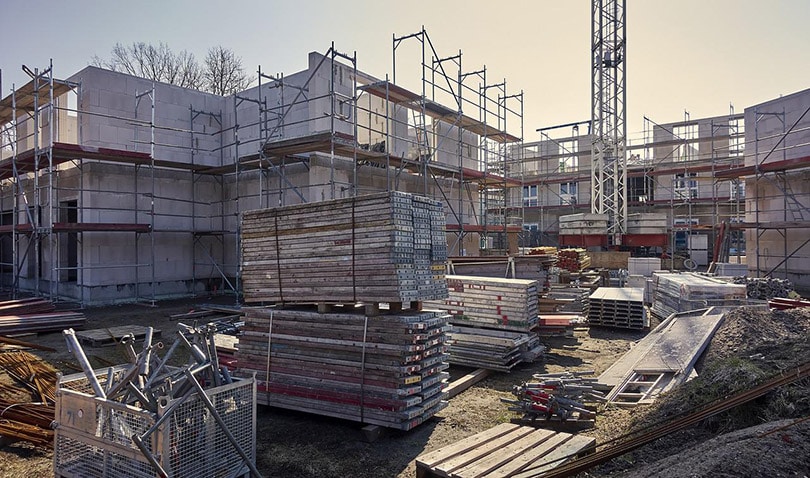

FAQ: Embodied Carbon
What Material Has the Highest Embodied Carbon?
When it comes to materials, embodied carbon is the highest in steel. It has a much higher carbon footprint than aluminum and concrete. About 1 ton of steel would cause 1 ton of carbon emissions. Steel production is currently responsible for 6.6% of greenhouse gas emissions worldwide.
Throughout America, the construction industry is switching to using recycled steel. However, this is still not the most common option people go for, so we need to raise awareness about embodied carbon.
Why Does Concrete Have High Embodied Carbon?
Concrete also has high embodied carbon emissions. One of the key components of concrete is cement, which is responsible for such a high carbon footprint. Estimates show that concrete is responsible for about 5% of the global greenhouse gas emissions.
What Is the Difference Between Embodied Carbon and Embodied Energy?
Embodied carbon and embodied energy are quite similar but very different simultaneously. Check out their differences in the chart below.
| Embodied carbon
Carbon emissions resulting from: |
Embodied energy
The energy we use to: |
| Fossil fuels that generate embodied energy | Process materials |
| Chemical reactions emitting greenhouse gasses | Extract raw resources |
| Carbon absorbed during manufacturing | Assemble materials and building components |
| Bio-fuels that generate embodied energy | Transport the materials |
| Construction | |
| Repairs and maintenance | |
| Demolition | |
| Disposal of materials |
So, while embodied energy represents the energy we use to construct a building, materials, or building product, embodied carbon is associated with everything materials go through, from manufacturing to installation and maintenance.
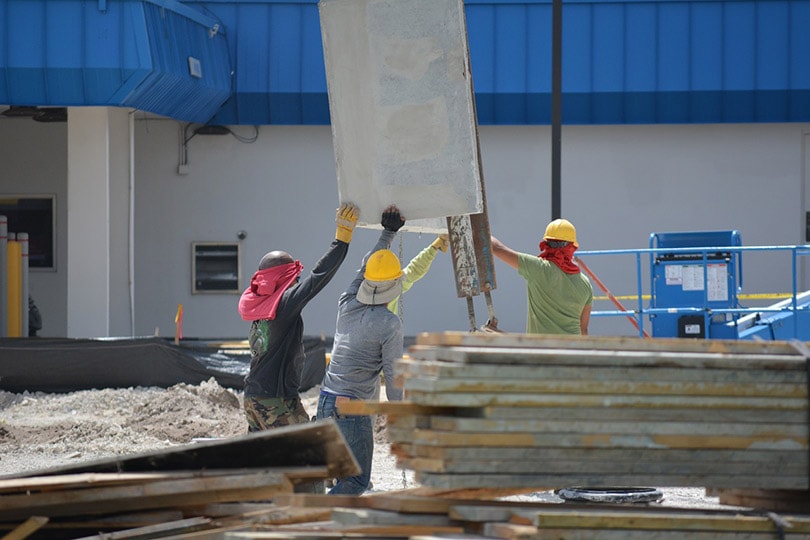
How Can Embodied Carbon Be Reduced?
There are various ways to reduce embodied carbon emissions. By taking small measurements and making smart decisions, you’ll be able to help the planet and live a healthier life.
- Reusing old materials
- Reusing old buildings
- Maximizing structural efficiency
- Using fewer finished materials
- Minimizing waste
- Using recycled materials
- Going for lower-carbon alternatives
- Limiting carbon-intensive materials
- Specifying concrete mixes low in carbon
These strategies need to be implemented by construction workers, manufacturers, and architects worldwide to have an effect of lowering carbon emissions.
- Related Read: What Is a Net Zero Home? What Does Net Zero Mean?

Conclusion
As you can see, the impact of embodied carbon can be huge, and since people are constantly building new houses, the greenhouse emissions keep rising. It’s up to all of us to take baby steps towards improvements during the life cycle of building to ensure that the carbon released in the atmosphere will be lower. That way, we can ensure that our lives will be healthier and our planet greener.
Featured Image Credit: rhythmuswege, Pixabay
Contents
